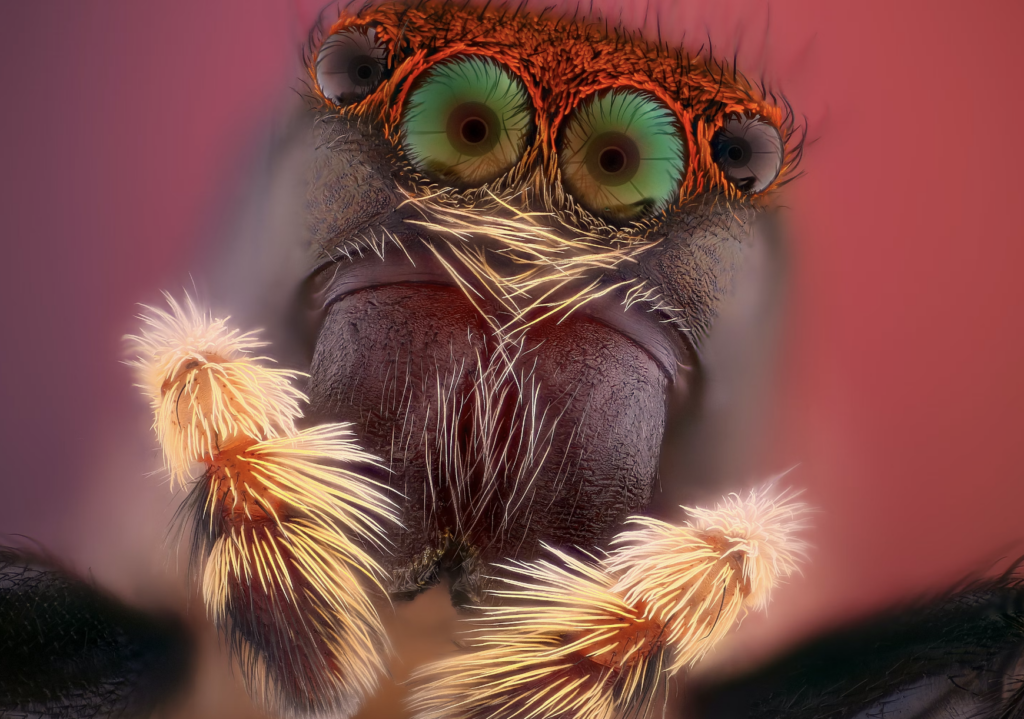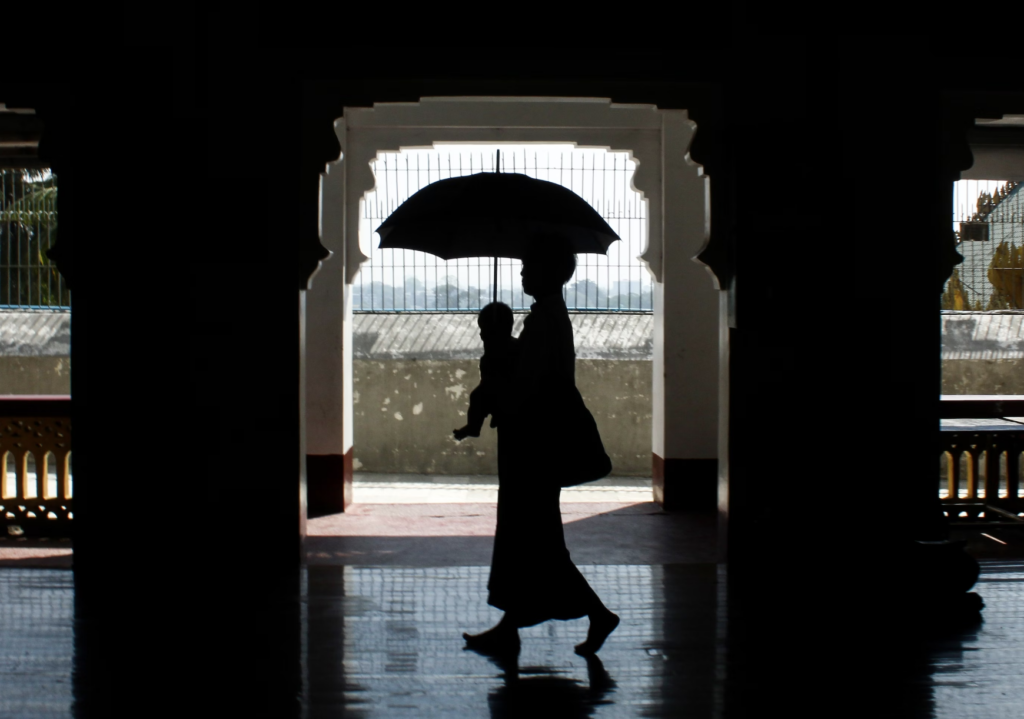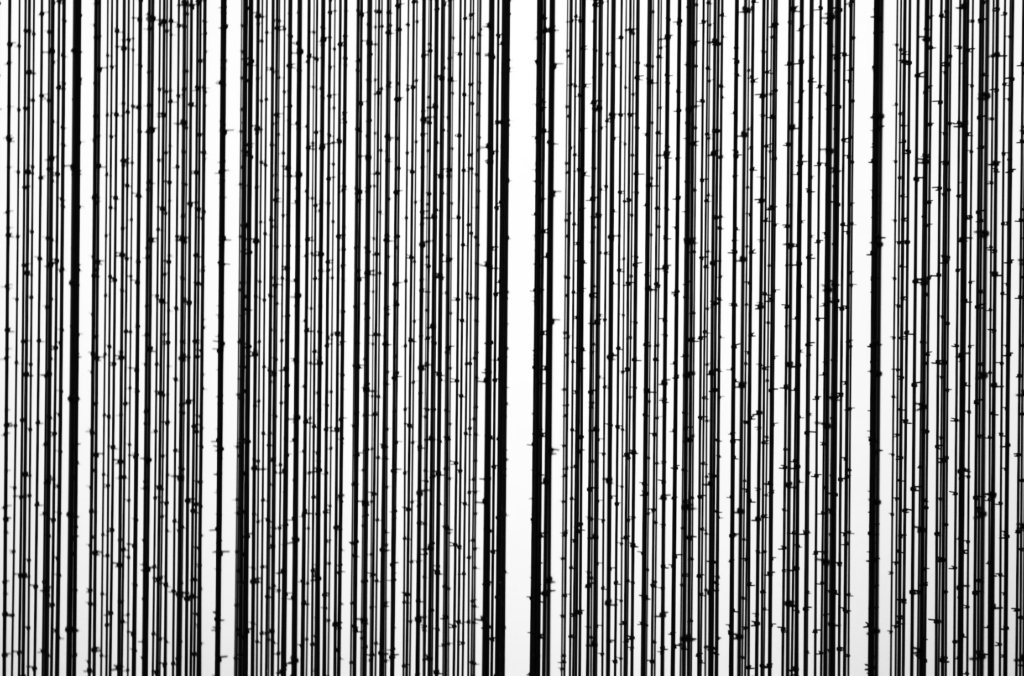Using sharpness as a compositional element in photography is a powerful technique to create visually compelling images.
Sharpness can help direct the viewer's attention, convey depth, and add a sense of clarity to your photographs. In this comprehensive guide, we'll explore ten tips on effectively using sharpness as a compositional element, providing detailed insights and examples to enhance your photography skills.

1. Selective Focus
Selective focus is a popular technique to emphasize a specific subject within a photograph while blurring the background or other elements. Achieving selective focus is primarily done through adjusting the aperture (f-number) on your camera.
A wide aperture (e.g., f/1.8 or f/2.8) will create a shallow depth of field, resulting in a sharp subject and a beautifully blurred background, also known as bokeh. This technique helps isolate the subject and draw the viewer's eye directly to it.

2. Leading Lines
Leading lines are actual or implied lines within the composition that guide the viewer's eye. These lines can be sharp and well-defined or soft and subtle, but they play a crucial role in composition. Sharp leading lines, such as roads, fences, or architectural elements, create a sense of direction and movement within the image, leading the viewer to a specific focal point.

3. Contrast
Contrast, whether in sharpness or light and shadow, can make a photograph more visually engaging. One way to achieve this is by contrasting sharp and blurry elements within the same frame. For example, a sharply focused subject set against a soft, blurred background creates a strong contrast that immediately draws the viewer's attention to the subject.

4. Depth
Sharpness is a vital tool for conveying a sense of depth in photography. You can use sharpness strategically to create a three-dimensional feel within a two-dimensional image. Keeping the foreground sharp while gradually introducing blur in the mid-ground and background provides the viewer with a clear sense of perspective and depth.

5. Motion
Sharpness can also be used to portray motion. When you use a slow shutter speed, you capture the movement of your subject and create an intentional motion blur. Combining sharp elements with blurred motion gives your photographs a sense of energy and dynamism.

6. Macro Photography
Macro photography is all about capturing intricate details in extremely close-up shots. Using sharpness in this context is essential to reveal the texture and fine details of small subjects, such as insects, flowers, or even everyday objects.

7. Framing
Sharp elements, such as branches, arches, or architectural features, can serve as natural frames for your subject. Framing helps draw the viewer's attention to the subject and adds depth to the composition. The frame can be in sharp focus while the subject it encircles remains the primary point of interest.

8. Architectural Details
Focusing on specific architectural details, like intricate stonework or decorative elements, can create compelling images when photographing buildings and structures. Sharpness brings out the fine details and textures in these features.

9. Symmetry And Patterns
Sharpness can accentuate symmetry and patterns in your compositions. When your subject and its surroundings are crisply focused, it highlights the symmetry or repetition in the scene. This technique creates a visually pleasing and balanced image.

10. Visual Hierarchy
Using sharpness strategically helps establish a visual hierarchy within your composition. The key is to make the most important element in your photo the sharpest and then gradually reduce sharpness in less critical areas to guide the viewer's eye precisely where you want it to go. This technique ensures that the viewer immediately grasps the primary subject of the image.

In conclusion, using sharpness as a compositional element in photography is a skill that can greatly enhance your ability to tell a visual story. By understanding how sharpness can be manipulated and combined with other elements of composition, you can create images that are not only technically impressive but also emotionally and aesthetically impactful.
Experiment with these techniques and adapt them to your unique creative vision to produce stunning, compelling photographs.
Further Reading:
Light Stalking https://ift.tt/NeEgjdY
Sourced by Time Trap Photography sharing the best photography tips, news and tricks throughout the industry. Time Trap Photography is dedicated to freezing those special moments in life that can be revisited and admired for generations to come. - Shannon Bourque
Please visit our main site for booking availability and rates.

Receive valuable industry knowledge delivered free to your email each day.






No comments:
Post a Comment
Thank you so much for your comment. A moderator will review and approve all relevant posts. We appreciate your support and encourage you to stay with us by subscribing to our email updates. Where you can easily pick and choose what photography subjects interests you. Subscription link: http://bit.ly/photo-sub